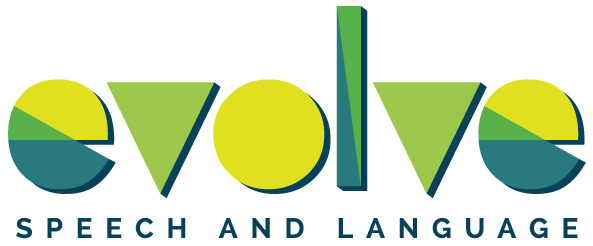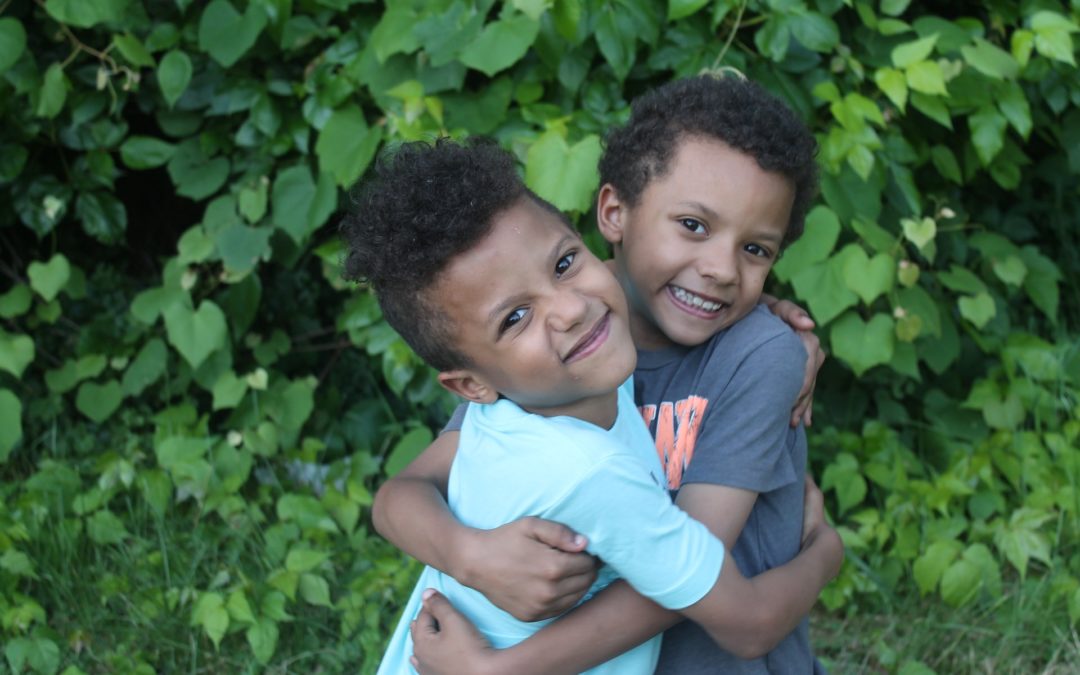The majority of people have never heard of the term ‘motor speech’, let alone know what it means.
 For starters, speech refers to the sounds we make in a particular language. Speech is a motor act that uses more than a hundred different muscles. Picture a pathway from your brain that branches to the muscles of your lungs, neck, and face (like an upside down tree). When a person decides to say a word, there is one specific pathway that “lights up” (or is activated) as they are coordinating the muscles and structures used to say that specific word.
For starters, speech refers to the sounds we make in a particular language. Speech is a motor act that uses more than a hundred different muscles. Picture a pathway from your brain that branches to the muscles of your lungs, neck, and face (like an upside down tree). When a person decides to say a word, there is one specific pathway that “lights up” (or is activated) as they are coordinating the muscles and structures used to say that specific word.
For children with motor speech difficulties, a specific pathway for a sound or word may not yet exist, or it might be a bit mixed up. A speech-language pathologist can help develop these pathways so that children with motor speech disorders can learn to say a word or phrases as easily and as automatically as the rest of us.
Motor speech disorders look differently from child to child but some common characteristics are listed below:
- Did not coo or babble as an infant
- First words are late and they may be missing sounds
- Uses a limited number of consonants and vowels
- Difficulty combining sounds to make words
- Errors may be inconsistent
- Understands language much better than they can speak it
- Difficulty imitating speech OR
- Imitated speech is much clearer than spontaneous speech
- Speech looks difficult—groping or extraneous movements are observed when trying to say a specific sound/word
- Speech is harder to understand as the word or phrase length increases or as a listener is less familiar with the child
- Sounds choppy, monotonous, or stresses the wrong syllable/word
If you think your child might have a motor speech disorder, it is important to have them assessed by a speech-language pathologist with knowledge and experience in this area.
~ Michelle


Recent Comments